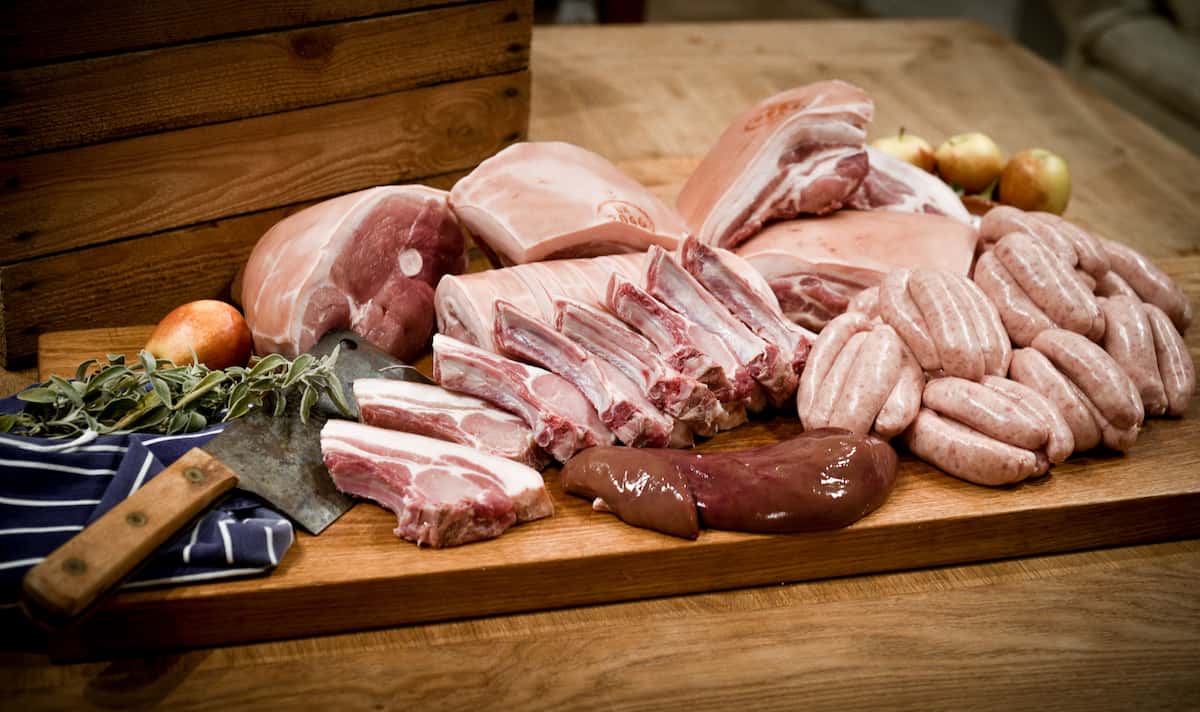
The title might sound misleading, as it concerns the slaughtering of animals to process them into meat products. However, new technological advancements do show that this can be a process that takes animal wellbeing at heart. How is that possible? To understand this, we need to zoom in on the first steps of primary meat processing.
When looking at the overall process of slaughter operations, it starts with livestock entering the facilities. This needs to happen in a relaxed and animal-friendly manner. Animals need to feel at ease, as this reduces their stress levels and ensures a pleasant environment. The animals are led to stockyard operations, where they can have food and water. Lairage equipment comes in to ensure a hygienic environment for the animals that is easy to clean.
Animals are led towards the stunning process one by one. This happens at a calm and natural pace to ensure that animals are not stressed and remain calm. This holds true until the very last moment, as stunning technology has become advanced. Animals do not feel any pain and it is completed within seconds.
When the animal is stunned, it follows the core process of the slaughter operations. This flows from the stockyard operations to the de-hiding and evisceration all the way to the splitting, quartering and freezing of the meat. Once this has been completed, the meat is processed into products. This can happen at the same facility or at another company, depending on the supply chain. Products that flow out range from meat to hams, sausages, and canned products. Next to that, the inedible parts are also being used. For example, pet food is being created, or feedstuff for animals is created.
To enable the flow to go from an animal to processed meat, material handling systems are needed. This refers to the conveyor belts and selection machines that help the factory to operate efficiently. Material handling is important as it is enabled by technology. Selecting the pieces of meat, ensuring the right weight is being distributed, and other steps are determining the efficiency of the plant.
Material handling is also responsible for the creation of batches, which can then be processed. For example, batches can be brought to a part of the facility where they are packaged and then frozen. This often concerns primary meat products. Next to that, handling can support bringing batches to the processing area where other products are created. Ranging from sausages to liver products, there are many possibilities as all the meat is being leveraged.
Slaughter operations encompass a broader set of processes, but especially the first section is of relevance. Factories should take animal welfare at heart and make sure that livestock can have an honorable end of their life without any stress and pain.